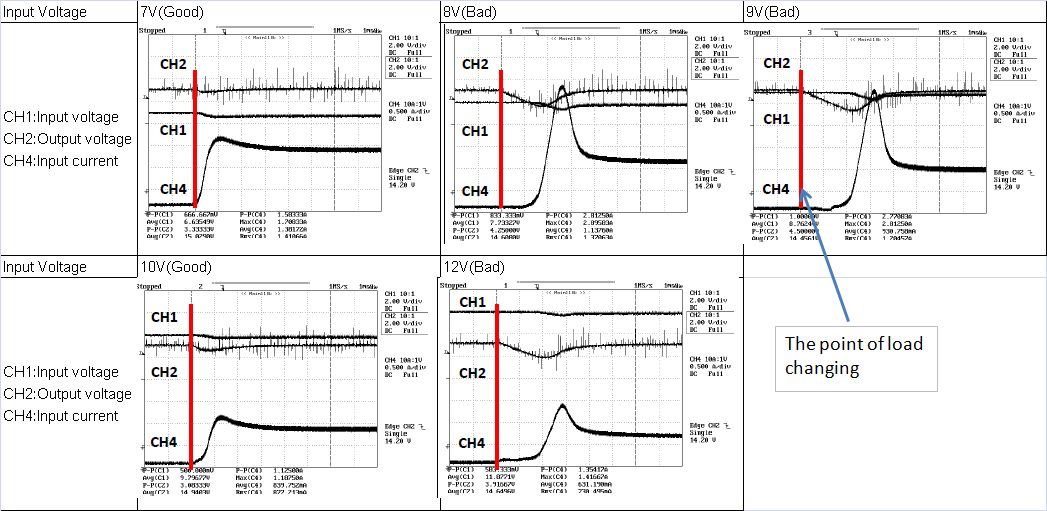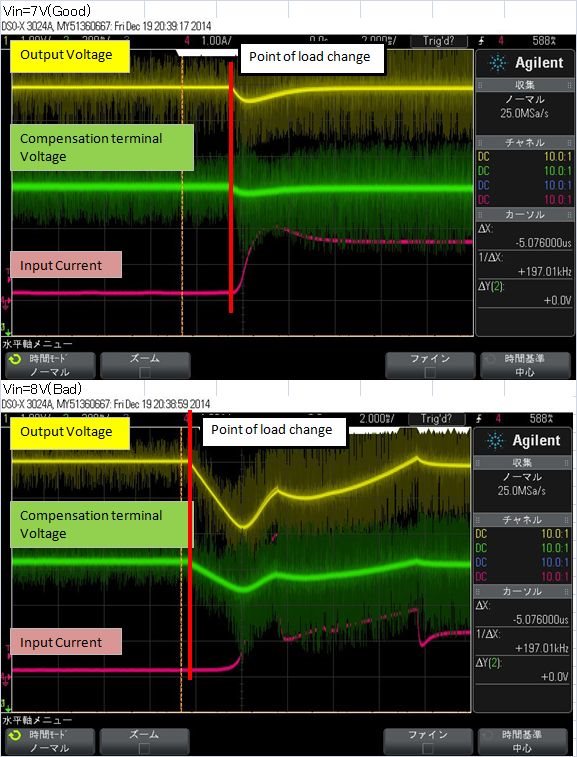Hi,
I ask for SOFT-START block of LM2586.
From the block diagram of LM2586, I'm understanding that SOFT-START block controls the error amp.
How does SOFT-START block control the error amp?
I can't find the description of SOFT-START from the datasheet.
Thanks and Regards,
Kuramochi






